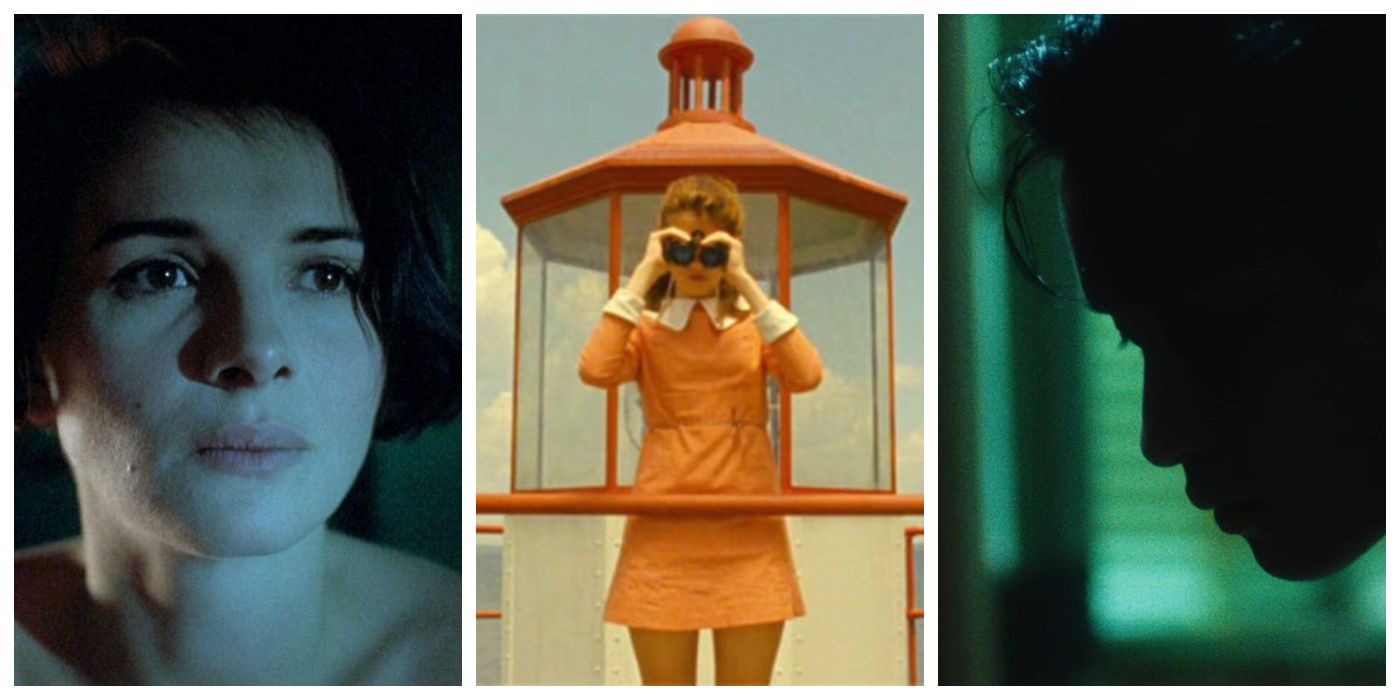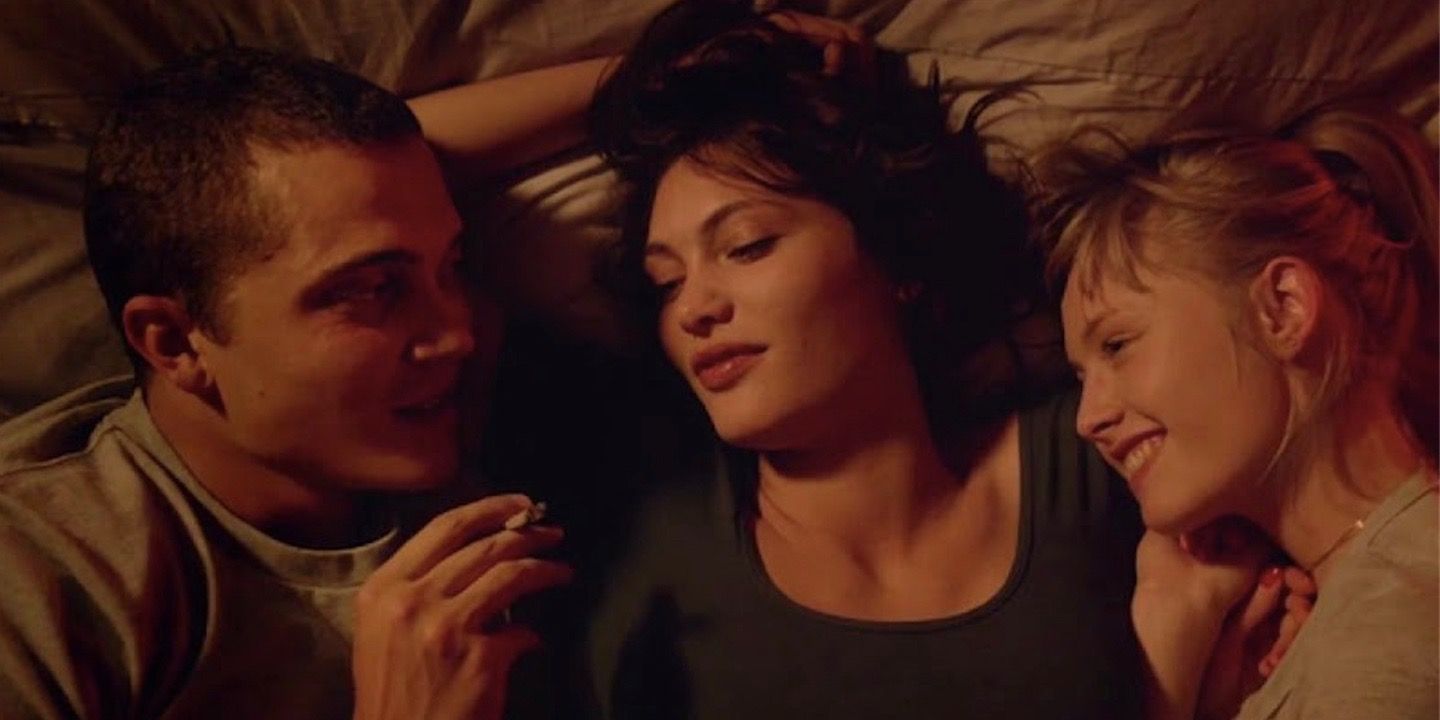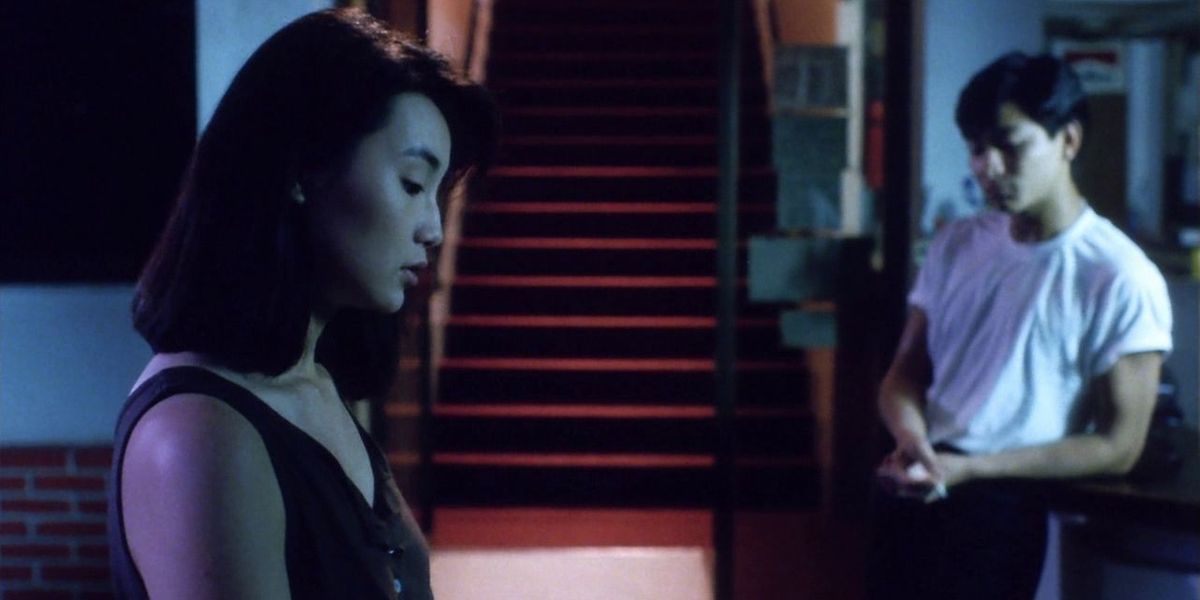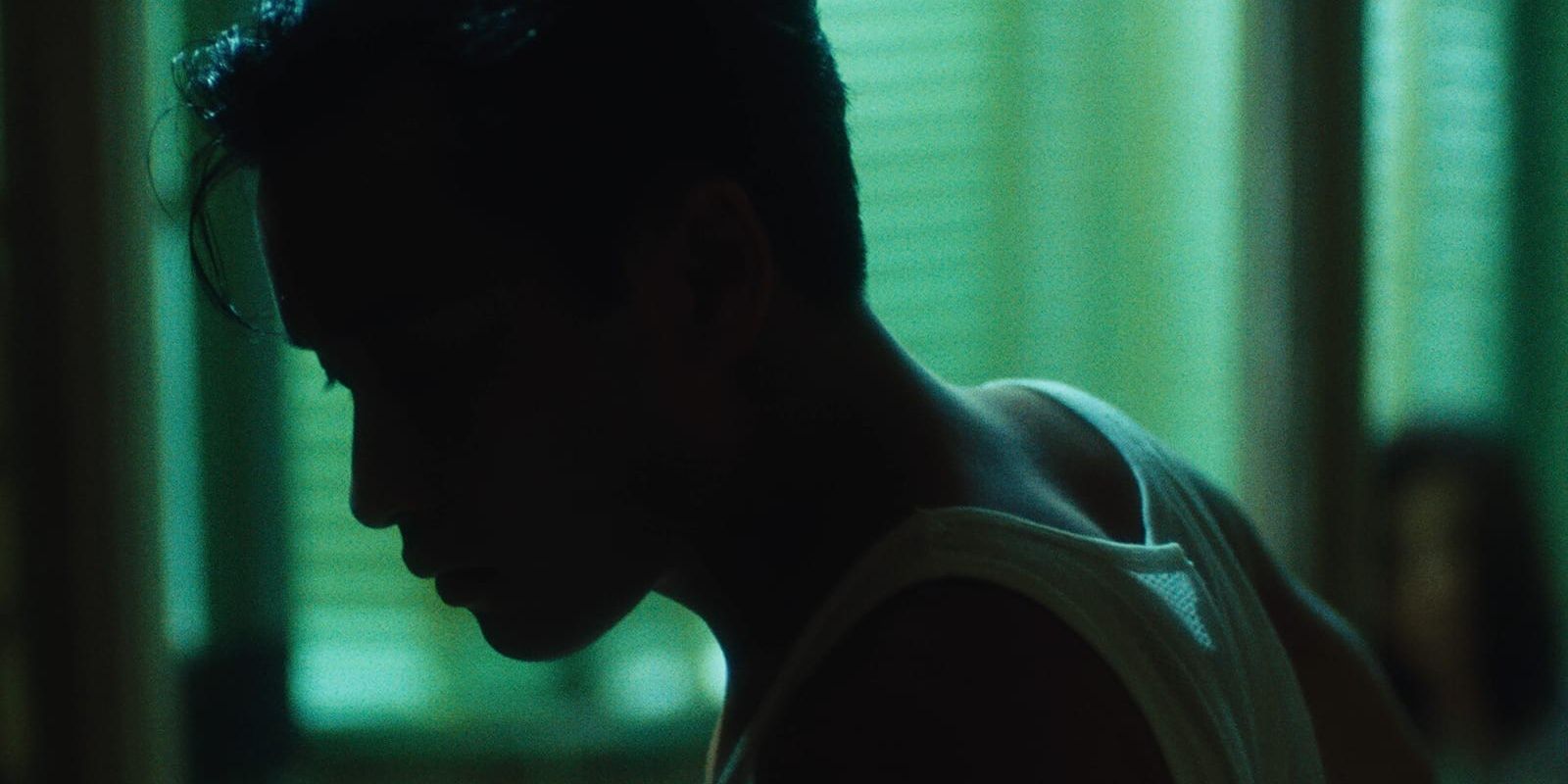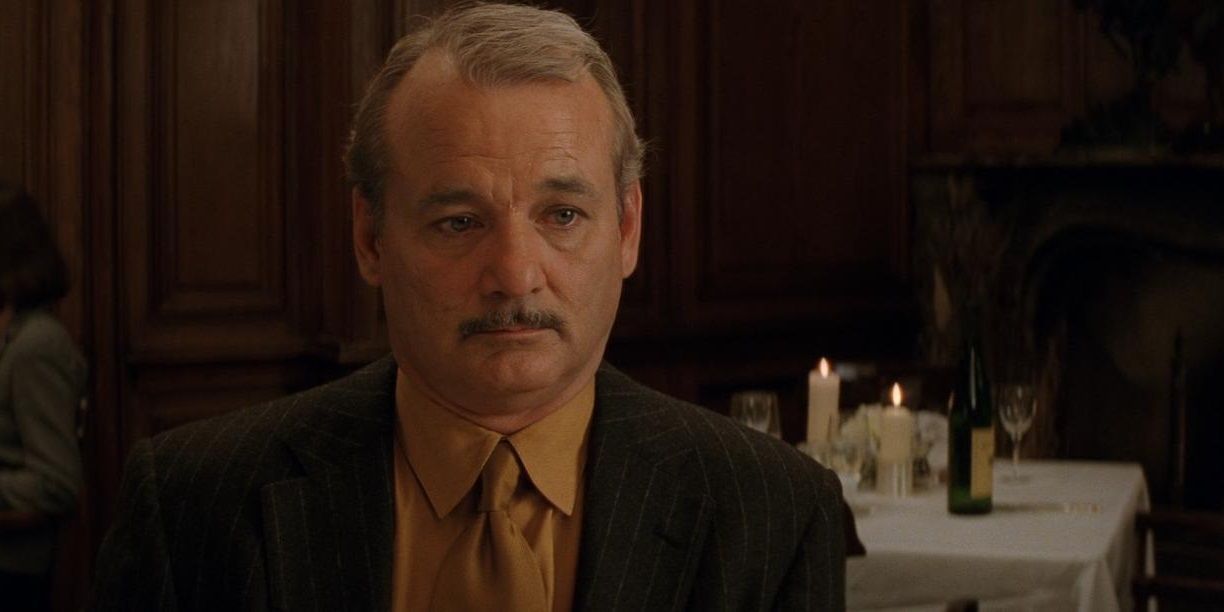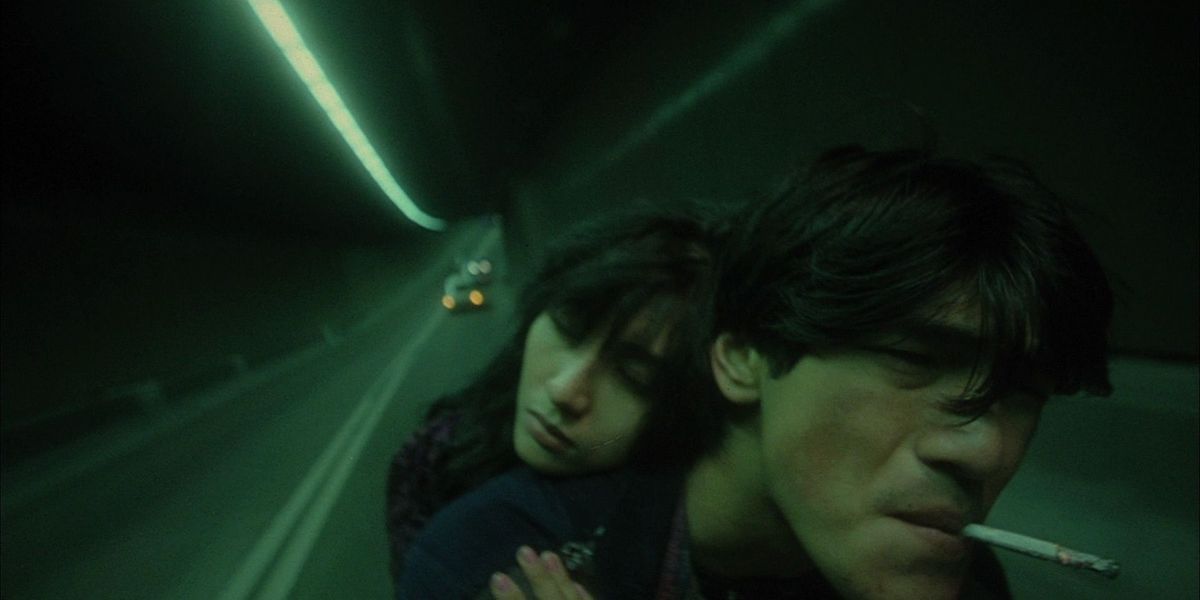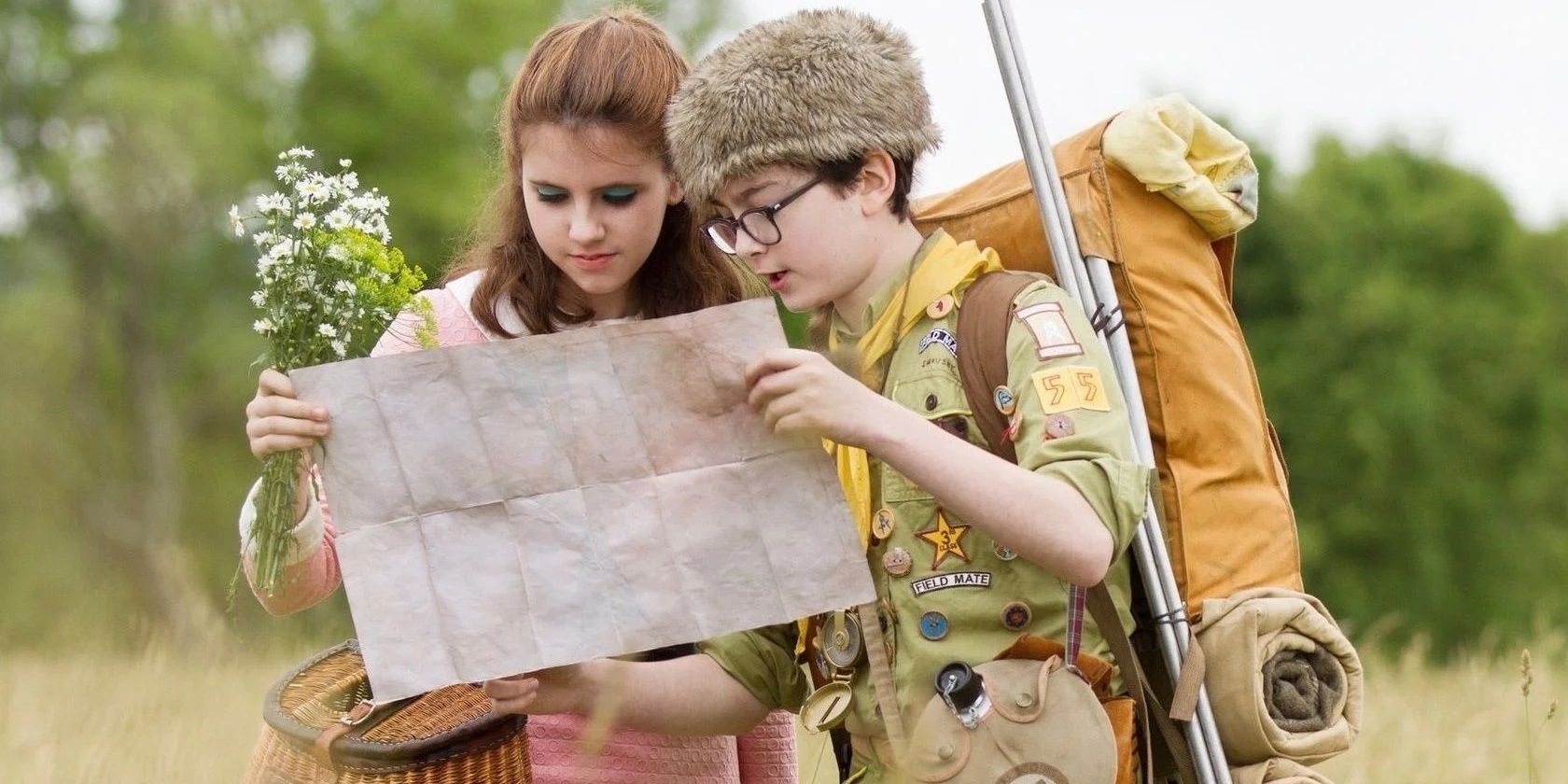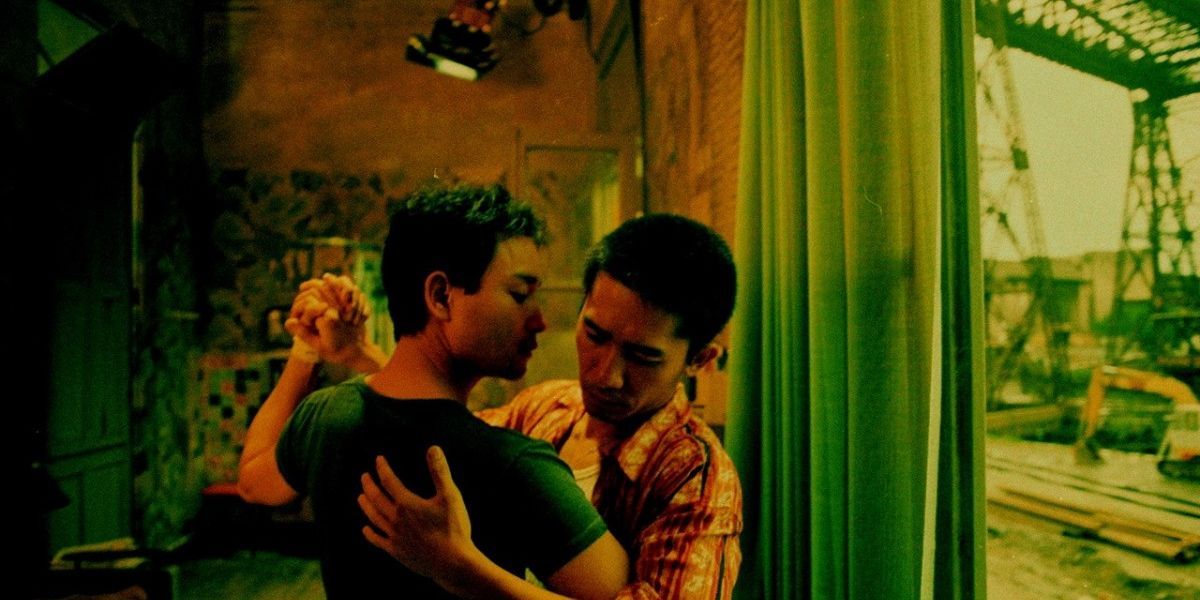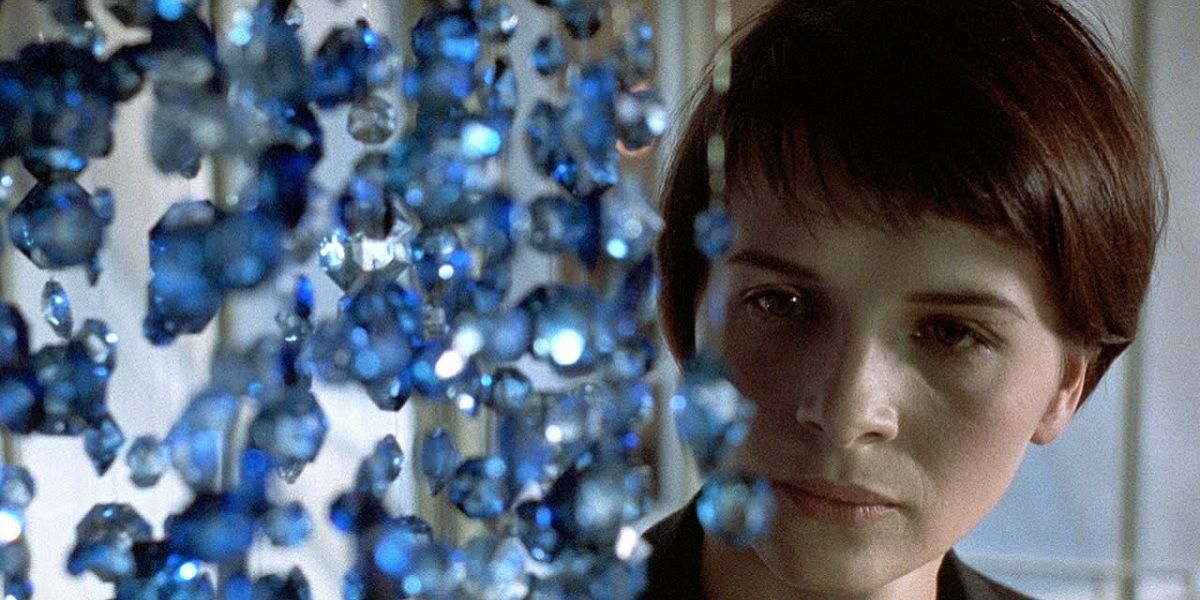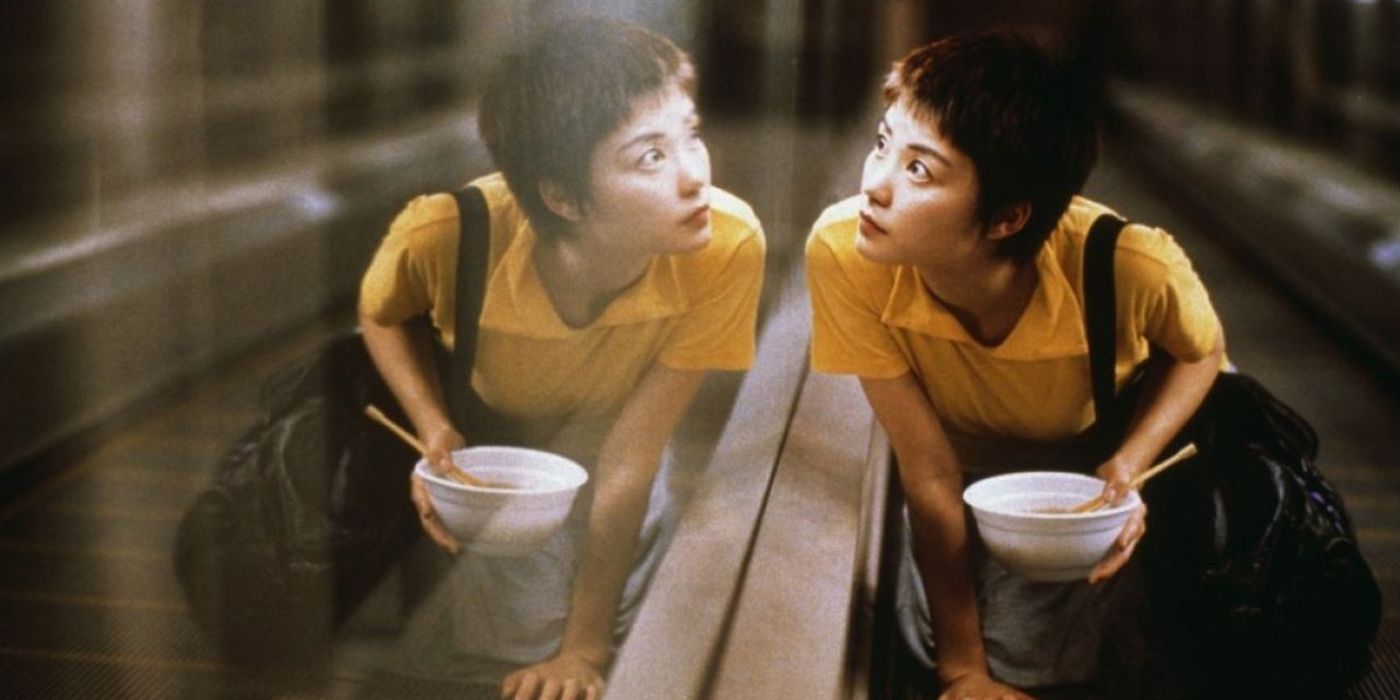Director Wong Kar-wai's In the Mood for Love is often considered to be one of the greatest movies ever made and the best movie about love. With stellar performances from Maggie Cheung and Tony Leung, it's no wonder that it got nominated for the Palme d'Or at the Cannes Film Festival while Leung won the Best Actor award.
The kind of unique experience In the Mood for Love delivers to its viewers is largely the result of its aesthetic and cinematography which help create the perfect atmosphere for this kind of movie. Luckily, fans of the director or the feature can enjoy some similar stylized romance movies.
Love (2015)
Among the modern French directors, Gaspar Noe is arguably one of the most polarizing ones. His movies divide critics and audiences alike - and 2015's Love is no different. Though it premiered at the Cannes Film Festival, the movies received mixed reviews from critics and didn't hit too well at the box office. Like all of Noe's works, Love uses color to create a particular atmosphere and to make the movie more stylized.
The story follows an American living in Paris who starts a passionate relationship with a local. The two decide to invite another person into their affair, but they don't know yet how this will affect their relationship.
As Tears Go By (1988)
The first of many Wong Kar-wai's works on this list, As Tears Go By shares the kind of visual beauty that In the Mood for Love possesses making it so stylized visually. Wong's directorial debut, it was compared by critics to Martin Scorsese's Mean Streets which has a similar plot.
The main protagonist is a mid-level gangster who has to keep his partner-in-crime out of trouble. At the same time, he falls in love with his own cousin.
2046 (2004)
Out of romantic sci-fi movies, 2046 stands out as one of the most visually stunning with its widespread use of color. Continuing the story that began in Days of Being Wild and continued in In the Mood for Love, 2046 was a critical and commercial success and also received a nomination for the Palme d'Or at Cannes.
After losing his one true love, the sci-fi author Chow Mo-wan engages in several affairs and contemplates the way he has lost the woman he loved the most.
Days Of Being Wild (1990)
Wong's second directorial work, Days of Being Wild started the aforementioned trilogy and starred some of the best actors from Hong Kong at the time including Leslie Cheung, Andy Lau, Maggie Cheung, Tony Leung, and others. The movie also relies on color to convey set the mood and stylize its appearance like other works of the director.
Set in Hong Kong and the Philippines of the early 1960s, it follows a man who finds out from the woman who raised him that she is not his real mother, so he sets out to find out the truth.
Rushmore (1998)
Wes Anderson's second feature film, Rushmore marked the first collaboration between Bill Murray and the director who would go on to cast Murray in all of his subsequent movies. A modest success at the box office, Rushmore was praised by critics and launched the careers of both the director and the lead actor Jason Schwartzman as well as rejuvenating Murray's career. Anderson is known for using colors extensively in his movies - and Rushmore is one of the earliest examples of this in his career.
The story follows an eccentric teenager who befriends a rich industrialist while they both fall in love for the same elementary school teacher.
Fallen Angels (1995)
Another one of Wong's masterpieces, Fallen Angels wasn't a big financial success but was lauded by critics. It also has an unusual narrative structure of two separate stories that have little to do with each other except for several casual run-ins between the characters. Just like with his other works, Wong uses color in his cinematography here to create a particular atmosphere and stylize the movie.
The first story is about a hitman and a woman who he calls his "partner". The second story is about this same woman and how she helps the crazy delinquent who escapes from prison and lives in the same building as her.
Moonrise Kingdom (2012)
Another one of Anderson's works, Moonrise Kingdom features a spectacular cast of Bruce Willis, Edward Norton, Bill Murray, Frances McDormand, Tilda Swinton, and Jason Schwartzman among others. A critical and commercial success, it was nominated for various awards including the Best Original Screenplay Academy Award. As with Rushmore, Anderson used pastel colors to make Moonrise Kingdom stand out visually.
Set on the fictional New England island of New Penzance, it follows an orphan boy named Sam who escapes from a scouting camp to find his pen pal. The two decide to get away from everyone and go to an isolated beach while a local police captain organizes a search for the two runaways.
Happy Together (1997)
Perhaps one of the most acclaimed LGBTQ+ movies ever made, Happy Together is yet another Wong Kar-wai movie worthy of attention. Nominated for the Palme d'Or, it won the Best Director award at Cannes and went on to receive praise from critics. Just like with his previous works, Wong used colors to enhance the look of Happy Together.
The story follows a couple who decide to take a trip to Argentina while their relationship is inadvertently deteriorating.
Three Colours Trilogy (1993-1994)
Probably Krzysztof Kieslowski's most acclaimed work, the Three Colours trilogy was nominated for and won multiple awards including three Academy Awards, one Golden Globe Award, eight Cesar Awards, and the Palme d'Or at Cannes. All three colors from the titles (Blue, White, and Red) are constantly featured throughout the films.
Titled after the three colors of the French flag, each movie examines an ideal that these colors stand for: liberty, equality, and fraternity.
Chungking Express (1994)
One of Wong Kar-wai's best works, Chungking Express is second only to In the Mood for Love. Like, Fallen Angels, Chungking Express features two stories told in sequence both of which are quite colorful and stylized.
The first story is about a police officer who can't stop thinking about his breakup as he meets a mysterious drug smuggler. The second story is about another policeman who is no longer with his flight attendant ex-girlfriend but starts noticing that a snack bar seller is paying close attention to him.

